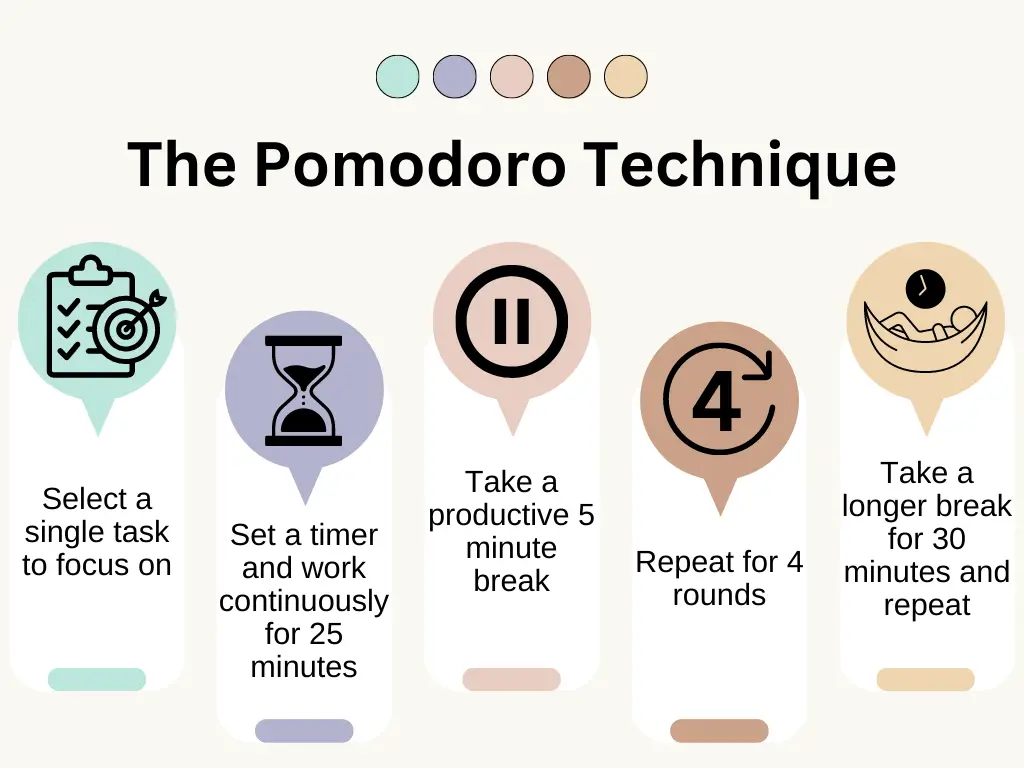
Why Burnout Recovery Is the Silent Killer of Productivity (and How to Stop It)
Why Burnout Recovery Is the Silent Killer of Productivity (and How to Stop It)
Hey there — let’s talk real for a minute. You know when you’re pushing and pushing at work, powering through late nights, skipping breaks, thinking “I’ll just finish this one more thing,” and then suddenlynothinggets done? That’s not just fatigue. That’s the beast calledburnout, and in this post I want to dig into why burnout recovery is not just about feeling better — it’s about protecting your productivity, your creativity, and your sense of purpose.
Yes — we’re going to use the phraseburnout recoverythroughout, because that’s the goal: not just avoiding burnout, but recovering from its effects, rebuilding your capacity, and thriving again.
What is burnout and why you should care
When we talk about burnout, we’re referencing a state of physical, mental and emotional exhaustion — often caused by prolonged stress, unrelenting demands, and insufficient recovery time. According to the World Health Organization (WHO), occupational burnout is “a syndrome conceptualized as resulting from chronic workplace stress that has not been successfully managed.”Wikipedia+2Cordell & Company Insurance Agency+2
But here’s the kicker: burnout doesn’t just make you feel bad — it quietly erodes your productivity. It creeps in. It saps your creativity. It reduces your ability to focus. It kills your joy. One article even described burnout as“the silent productivity killer”.Cordell & Company Insurance Agency+1So yes, burnout recovery isn’t some luxury—it’s essential if you want to keep doing meaningful work.
Key symptoms you may recognize:
constant fatigue or lack of energy
difficulty concentrating or remembering things
cynicism or detachment from your work
reduced sense of accomplishment
When you ignore these signs, you risk slipping into a downward spiral where productivity plummets and your passion drains away.
Why burnout recovery matters more than “just a break”
You might be thinking: “I’ll just take a vacation, rest up, and I’ll be fine.” But recovery isn’t always that simple. Here’s why focusing onburnout recoverymatters, not just short-term rest:
Productivity isn’t just about doing more—it’s about doing well
High productivity doesn’t mean constant hustle. In fact, when you’re burned out you mightappearproductive (you log hours, send emails) but you’re not doing your best work. You’re firefighting, you’re reactive, you’re in survival mode instead of creative mode. As one article put it: “Success isn’t just about intelligence. It’s about energy management.”Medium+1
Recovery rebuilds capacity
True recovery isn’t just a nap — it’s restoring your mental bandwidth, your ability to focus deeply, your energy for meaningful tasks. Without that, you keep running on empty. From the article: “When you’re in the wrong environment… you stop focusing on what truly matters.”Medium
It protects long-term performance and well-being
If you ignore burnout, the costs add up: mistakes, missed opportunities, disengagement, even health issues. One article highlighted how burnout is “silently dismantling high-performing teams.”Conscious Leadership PathwaysSo taking burnout recovery seriously is an investment in your sustainability—not just an interruption.
The stealthy ways burnout sneaks into your productivity
Let’s get practical. Here are some of the subtle ways burnout undermines your productivity and how recognizing them is part of the recovery process.
1. You’re doing more hours but getting less done
It’s tempting to equate hours with output — but when you’re burned out, quantity may go up even while quality goes down. You may find you’re checking tasks off but they’re shallow, you’re distracted, your focus is fractured.
2. Your brain feels foggy and decisions get harder
Recovery means reclaiming your cognitive clarity. Burnout messes with concentration, memory, energy for creative thinking. The WHO notes reduced professional efficacy as a symptom.Wikipedia
3. Your motivation and meaning start to fade
When you’re burned out, you’re not just tired — you’re emotionally worn out. The joy of work, the spark of why you started — that drops. You may feel detached or cynical. That’s bad for productivity because you stop caring about doing things well.
4. You’re reactive, not proactive
In a recovery phase you want to move back into being proactive: choosing your work, designing how you work. But when burned out you react to whatever is loudest — emails, fire drills, last minute pushes. That drains productivity and morale.
5. You don’t actually rest
One of the classic mistakes: you go on “breaks” that aren’t real rest. You stay connected, you keep checking, you don’t recover fully. True burnout recovery means meaningful rest, mental detachment, restoration.






The roadmap to burnout recovery and restoring productivity
Okay, ready for action? Here’s a straightforward roadmap to supportburnout recoveryand rebuild your productivity in a real, sustainable way.
Step 1: Recognize & honour the need to recover
Admit it: you’re in a burnout-zone. That’s not a failure, it’s a signal.
Give yourself permission to recover: downtime isn’t optional.
Set boundaries: no more “just one more thing” at midnight.
Step 2: Create intentional recovery routines
Build in small recovery bursts: e.g., 10 minutes of stepping away, a walk, a non-work activity.
Make sure you have blocks of time where you’re not reachable.
Reintroduce meaningful breaks, not just micro-pauses.
Step 3: Redesign your work rhythm for focus and rest
Schedule deep work sessions (e.g., 90-minute blocks) and then breaks. As one source notes: “The brain needs recovery time to innovate effectively.”Conscious Leadership Pathways
Limit multitasking, minimize context-switching, reduce meeting overload.
Decide your work style: What tasks energize you? Which drain you? Delegate or reduce the drains.
Step 4: Rebuild meaning, purpose and engagement
Revisit your “why”: what drew you to this work originally?
Seek projects that align with your strengths and values.
Recognize that productivity is not just output—it’s impact + satisfaction.
Step 5: Build a culture (in yourself or with your team) that protects recovery
If you’re a leader: model recovery behaviours (no late-night emails, encourage boundaries).
Create psychological safety: talk about stress and burnout openly.Conscious Leadership Pathways
Reward results not just presence. Productivity isn’t about hours logged.
Step 6: Keep the momentum
Check in weekly: How’s your energy? How’s your focus? What’s one thing you’ll do differently next week?
Don’t treat recovery as a one-time fix. It’s an ongoing practice.
Related reads you might like
How to Cultivate Deep Work for Real Impact(internal link)
Reducing Meeting Overload: The Hidden Productivity Killer(internal link)
Creating Work–Life Harmony: Why Balance Is a Myth(internal link)
External research & trusted resources
For a good overview of burnout’s definition and classification: WHO’s “Occupational burnout” entry.Wikipedia
On the broader effect of burnout in high-performing teams: “The Burnout Epidemic: The Silent Killer of High-Performing Teams”.Conscious Leadership Pathways
Key points at a glance
Burnout (and thusburnout recovery) is not just “feeling tired” — it’s chronic stress, detachment, and diminished performance.
When you ignore burnout, productivity suffers silently: less focus, low creativity, less motivation.
Recovery is about more than rest: it’s about redefining how you work, building sustainable habits, and restoring your energy and purpose.
A structured roadmap helps: recognize the issue, build recovery routines, redesign workflows, rebuild meaning, and keep checking in.
Supporting recovery is not just personal — it’s cultural: whether you’re self-employed or part of a team, your environment matters.
Ready to take action?
If you’re feeling the drag, the fog, or just the “I can’t keep doing this pace” — then it’s time for burnout recovery. You don’t have to figure it out alone.Contact us at +1 866-846-2396orgo towww.mentalchex.comto join, or send an email to[email protected]for inquiries. Let’s get you back to productive, purposeful, energized work.
